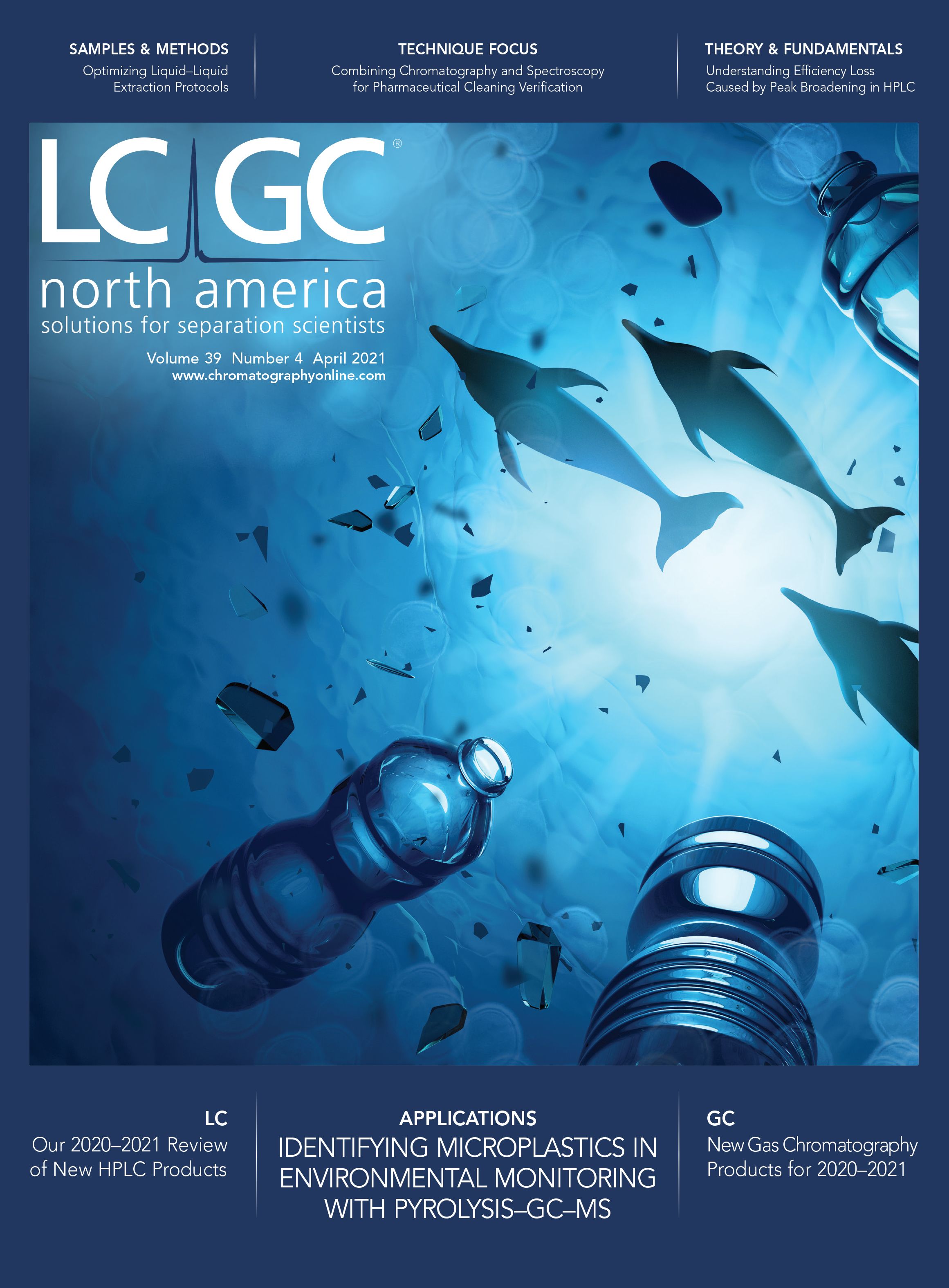Strategies for Optimization of Liquid–Liquid Extraction (LLE) Protocols
No matter which ”version” of liquid–liquid extraction (LLE) method you wish to use, there are some fundamentals that need to be clearly understood, and perhaps principle among these is analyte physicochemical information.
To achieve the best selectivity and recovery, one needs to ensure that partitioning of target analytes from one phase into the other is as efficient as possible, and this is underpinned in most cases by some simple physicochemical information. The following information is recommended:
- LogP(D)(essential)
- pKa (essential for ionizable compounds)
This information is available from a variety of sources, including:
- Chemspider (Royal Society of Chemistry, UK) (http://www.chemspider.com)
- Chemicalize (ChemAxon) (https://chemicalize.com)
- Marvin Sketch (ChemAxon) (which also calculates values for analytes not in the previous databases) (https://chemaxon.com/products/marvin).
So how can we use this information to design and optimize our LLE experiment? The first decision in designing any liquid extraction is the choice of extracting solvent, and this is driven by the relative hydrophobicity of the analyte molecule, which is reflected by its LogP(D) value.
The analyte LogP value indicates the partitioning value between aqueous and organic phases. The more highly positive the LogP value, the greater will be the extent of partitioning into the organic (extracting) phase. Analytes with increasingly negative LogP values will show much lower partitioning into the organic phase.
For ionogenic analytes, the optimum partitioning behavior from aqueous to organic will be achieved when the analyte in is the neutral form. For acids, the aqueous sample should be adjusted to pH units below the analyte pKa, and two pH units above the pKa for basic analytes.
Of course, the partitioning behavior of our target analytes is strongly influenced by the choice of organic extraction solvent, as the various solvents will also have a range of polarities that will influence their affinity for the analytes.
For more polar analytes—and here lower values of LogP(D) can also act as a good indicator of polarity—one may need to select an organic solvent that has a higher polarity index value, in order to optimize recovery of the analyte from the aqueous sample. The rules are fairly simple—try to match the polarity of your analyte with the polarity of the extraction solvent. If you cannot obtain a good polarity measure of the analyte, LogP(D) can be used as a surrogate, with lower LogP values indicating the need for a more polar extraction solvent, and vice versa.
Adding high-enough concentrations of simple salts to saturate the aqueous sample solution can increase the partition coefficient of hydrophilic analytes, and improve recovery into organic extraction solvents. The analyte solubility in the aqueous sample can be reduced by adding, for example, 3–5 M sodium sulphate to the sample solution, driving the target analytes into the organic phase, and improving recovery.
Of course, it is also possible to use”mixed” organic systems as the extraction solvent to further fine-tune the selectivity or the recovery of the target analytes from the sample. Here, one needs to develop an in-house screening approach, using solvent mixtures that have proven to be successful in your application area.
When considering solvent selection, one must always be mindful of the specificity of the extraction. Some organic solvents are able to solubilize a reasonable amount of water, and therefore can be expected to be less specific than those solvents in which water has much lower solubility.
The selectivity of the extraction experiment involving pH manipulation can be further improved using a technique known as back extraction. Once the target analytes are initially extracted into the organic phase, they can be re-extracted into a fresh aqueous phase where the pH has been manipulated to ensure the analytes are in the charged form, and therefore most highly hydrophilic. In this way, specificity of the extraction can be improved, as all neutral extractants will be left behind in the organic solvent, reducing the instances of co-elution, and achieving lower matrix background (and therefore lower detection limits). To ensure the highest recovery possible, the ratio of organic extraction solvent to aqueous sample should be high (or perhaps higher than is generally accepted as reasonable), and a ratio of 7:1 is considered somewhat of a generic optimum value. Obviously, the actual optimum value will depend upon the partition coefficient of the target analytes between the two solvents, and extraction solvents with high partition coefficients may require lower ratios, and vice versa.
The extraction time and method (vigor) of shaking also need to be optimized; how- ever, these are both reasonably simple to achieve using empirical methods.
Tony Taylor is the Chief Science Officer of ArchSciences Group and the Technical Director of CHROMacademy. Direct correspondence to: LCGCedit@mmhgroup.com.

Common Challenges in Nitrosamine Analysis: An LCGC International Peer Exchange
April 15th 2025A recent roundtable discussion featuring Aloka Srinivasan of Raaha, Mayank Bhanti of the United States Pharmacopeia (USP), and Amber Burch of Purisys discussed the challenges surrounding nitrosamine analysis in pharmaceuticals.
Extracting Estrogenic Hormones Using Rotating Disk and Modified Clays
April 14th 2025University of Caldas and University of Chile researchers extracted estrogenic hormones from wastewater samples using rotating disk sorption extraction. After extraction, the concentrated analytes were measured using liquid chromatography coupled with photodiode array detection (HPLC-PDA).












